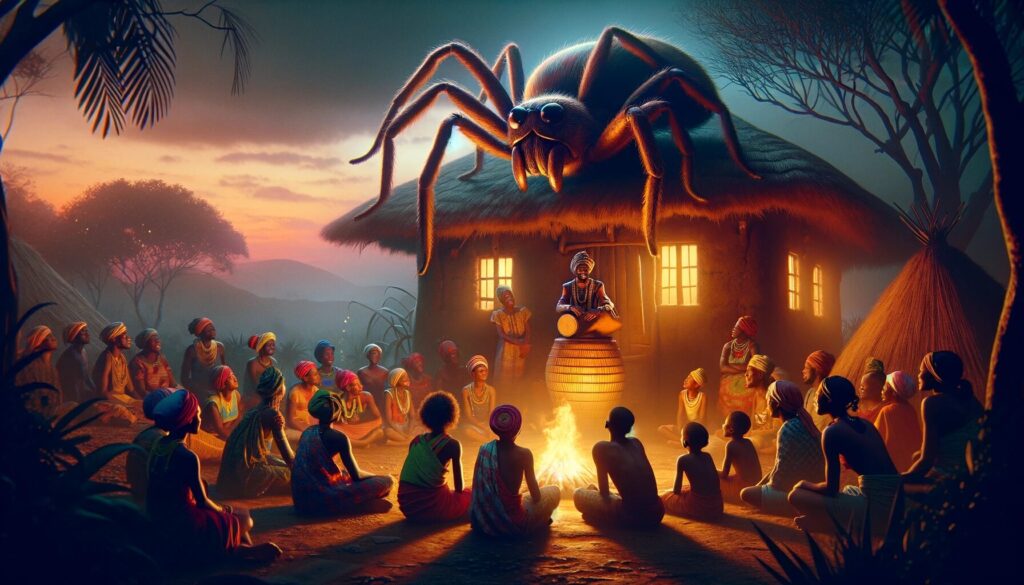Reading
Once upon a time, in a world filled with immense diversity and creativity, the art of storytelling stood as a soothing balm to the human spirit. Stories have the ingenious power to fulfill our deepest desires for connection, understanding, and entertainment. From the ancient fireside tales that sparked the imagination of early humans to the complex narratives that reignite our passion for adventure today, storytelling has evolved, yet its core remains unchanged.
Consider the ancient tale of Anansi, the spider from African folklore. Anansi is known for his wit and cunning, often using his ingenious mind to outsmart his peers and navigate through various challenges. In one story, Anansi seeks to gather all the world’s wisdom into a pot to keep for himself. Despite his immense effort, he learns a valuable lesson when his own actions lead to the wisdom being spread across the world, sparking speculation and teaching about the shared nature of knowledge.
In every culture, stories like Anansi’s serve as a bridge between individuals, allowing peers to share experiences, wisdom, and values. The spark of a captivating story can light up the darkness of ignorance, leading to speculation and debate that enrich our understanding of the world and each other. Through the ingenious use of language, storytellers weave together characters, settings, and plots that transport listeners and readers to far-off lands and fantastical realms.
But what makes a story truly captivating? Is it the intricate plot, the depth of the characters, or perhaps the way it speaks to universal truths? As you ponder these questions, consider how stories have fulfilled a need in your own life. Have they provided comfort, sparked curiosity, or reignited a lost sense of wonder?
Discussion Questions
- Share a story from your culture or another that has had a soothing effect on you during a difficult time. What about the story was so comforting?
Interactive Activity
Watch the Video: “The Story of Anansi”
What do you think Anansi represents in the story, and why are characters like him so common in folktales around the world?

